Weak signals are the first indicators of change. However, they may seem random if they are not linked to a greater entity. Therefore, it is useful to consider what type of systemic change may be involved. What do weak signals tell us about how we will behave or do things in the future?
Where do we get our goods?
The Suomen sata uutta mahdollisuutta report (English: Finland’s one hundred new opportunities) describes a change in the production of goods towards diversified, automated and tailored production. The development of robots, 3D printing becoming commonplace and open digital production may result in production becoming more local. Signals of this include the popularity of Thingiverse, which collects digital brands, the open source hardware movement and the “Global Village Construction Set”, which includes instructions for building the machinery needed by a modern society. Production is also being changed by machines that assemble themselves and mobile factories.
Synthetic biology, in turn, has opened doors for a new type of biological production. Using modified yeast and microbes, it is possible to produce, for example, medicines and silk. Mushrooms can be used to produce artificial leather or furniture. Wood fibres can be used to produce clothes. Organisms and biological processes also serve as an inspiration for the designs for both products and larger entities. After mechanical automation and digitisation, the next thing might be biologisation, which refers to the use of organisms in production and as the basis for planning.
Will goods in the future be produced locally according to digital instructions or will they be grown organically? On the other hand, reusing and repairability are increasingly a focus; for example, repair cafés and makerspaces are popular. Will a new type of craftsmanship be born that makes use of the existing vast supply of goods and aims to extend their service lives?
What should we eat tomorrow?
“The meal culture will change as a result of the mix of technology, robotics, ethical values and seeking the ideal me.” This excellent summary is from a person who participated in the dialogue on food in the future at the Finnsight Visiofest event in September 2018. Food production and food culture may indeed change significantly as a result of technology, ethics and seeking the “ideal me”.
Food can now be produced in closed-loop fully automated greenhouses, bioreactors that fit on the kitchen countertop or in aeroponically humid air. Protein is available from the air and meat is grown in laboratories. Therefore, food production may increasingly move closer to people, into their kitchens or basements, or to the empty parking garages created by servitisation.
The reduction in eating meat for climate and ethical reasons may also change agriculture. Pig farms may be converted into grasshopper farms. Fields may be filled with solar panels or serve primarily as carbon sinks.
In addition to food production, there are also signs of change in food culture. Waste food restaurants are popular and growing mushrooms as a part of the decor of the restaurant and internal food production is considered trendy. In part, this can also be interpreted as the desire to create a new connection with the origin of the food and its production. Dark Kitchen, for example, aims to collect positive stories about food “after the collapse” and then offer an alternative story about the dangers of different food items or giving them up.
Tool: three horizons and the seeds of change
One useful framework for visualising change is the “three horizons”. It evaluates change using three “horizons”: the current way of doing things, the transition and the vision. Weak signals depict the “pockets of future” in the present, which refer to ways that the vision or new practices are present already today, even if only on a small scale.
Do the following.
- Describe the current way of doing things that you wish to examine.
- Collect weak signals associated with it. They could be, for example, new ways of doing things, new products or new technologies.
- Consider what type of world the weak signals indicate. What could be the vision they indicate of the new way of doing something?
- Consider what types of transition-period products and services are needed in order to achieve the vision. Are there any signs of them in the present?
Also see the future toolkit exercise “Test your vision from three different perspectives”.
Tool: thing of the future
The change in the way of doing things may easily just be general in nature. One way to make the change more practical to visualise is to consider what the thing or service of the future may be like. Further inspiration for this type of thinking can be obtained from The Thing from the Future game or IFTF’s Artifacts from the Future collection.
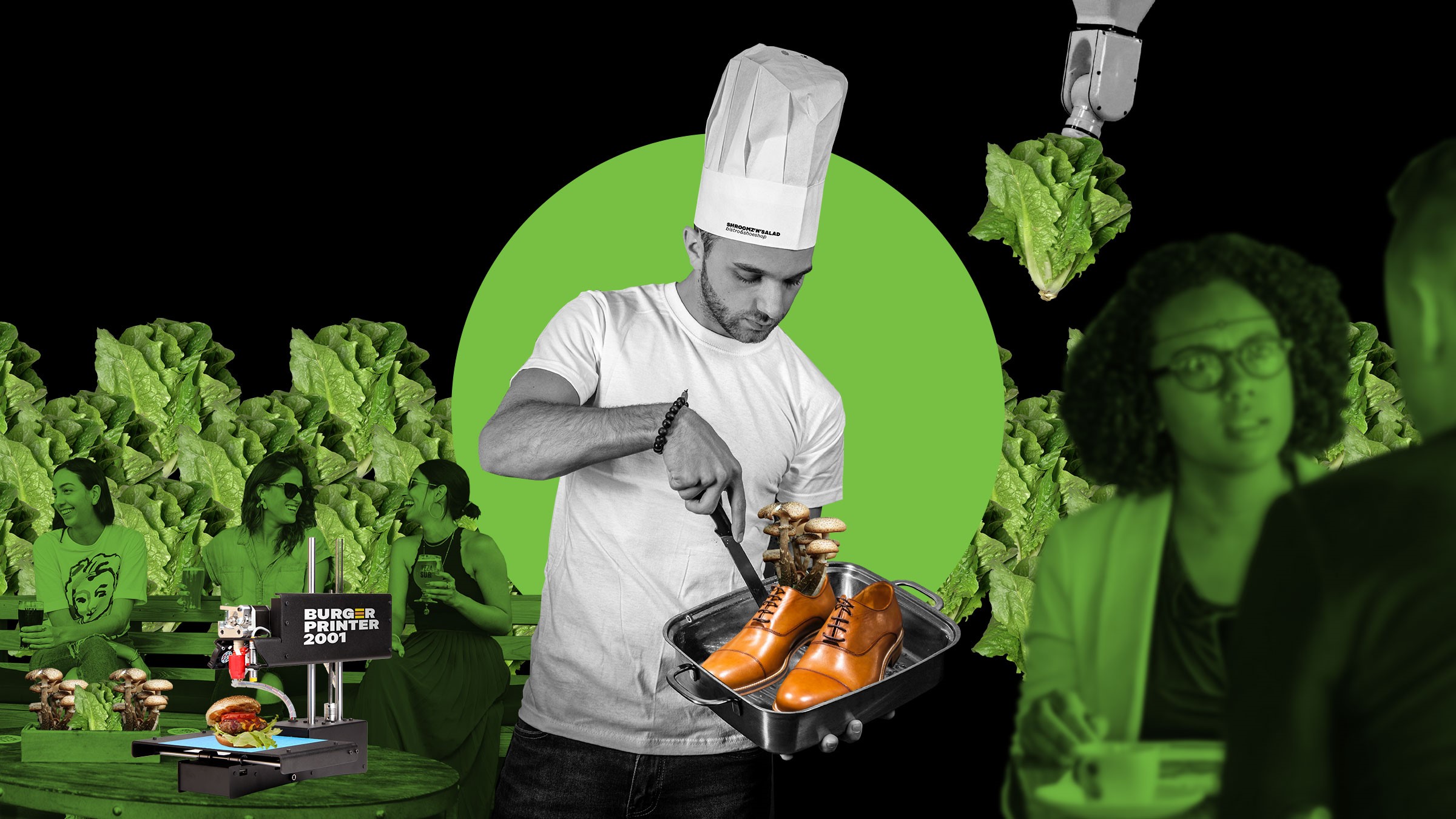




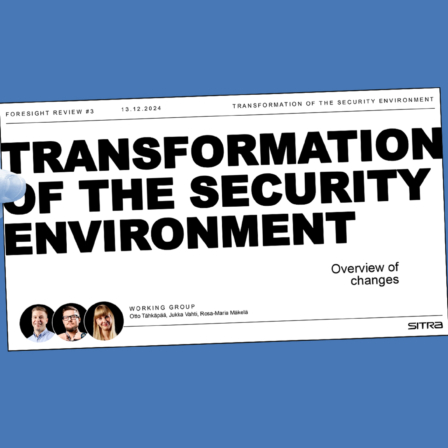
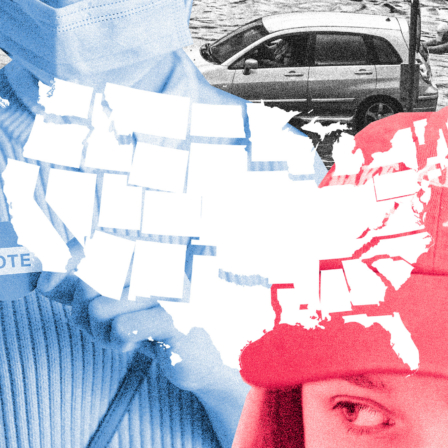
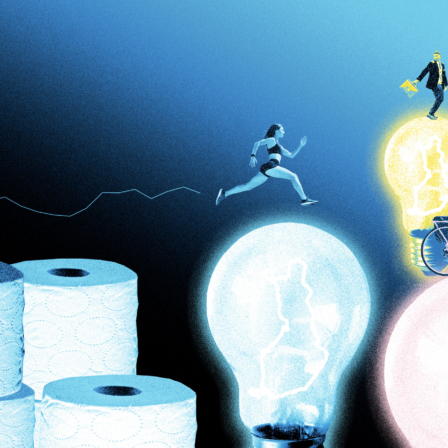
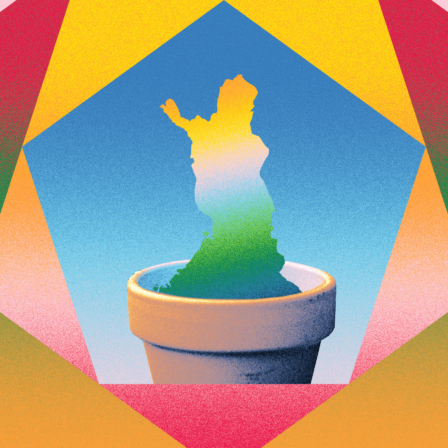
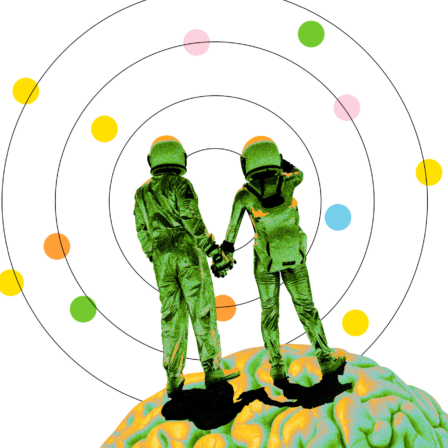

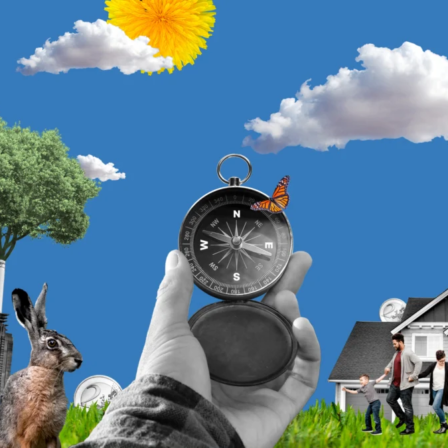

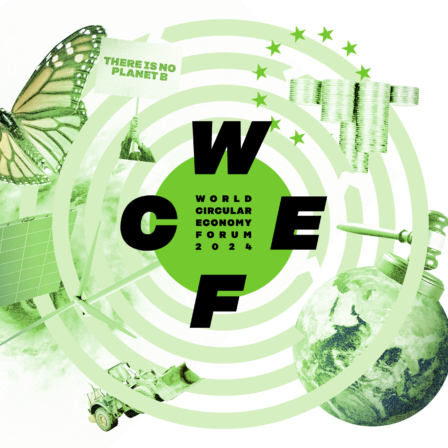
Recommended
Have some more.